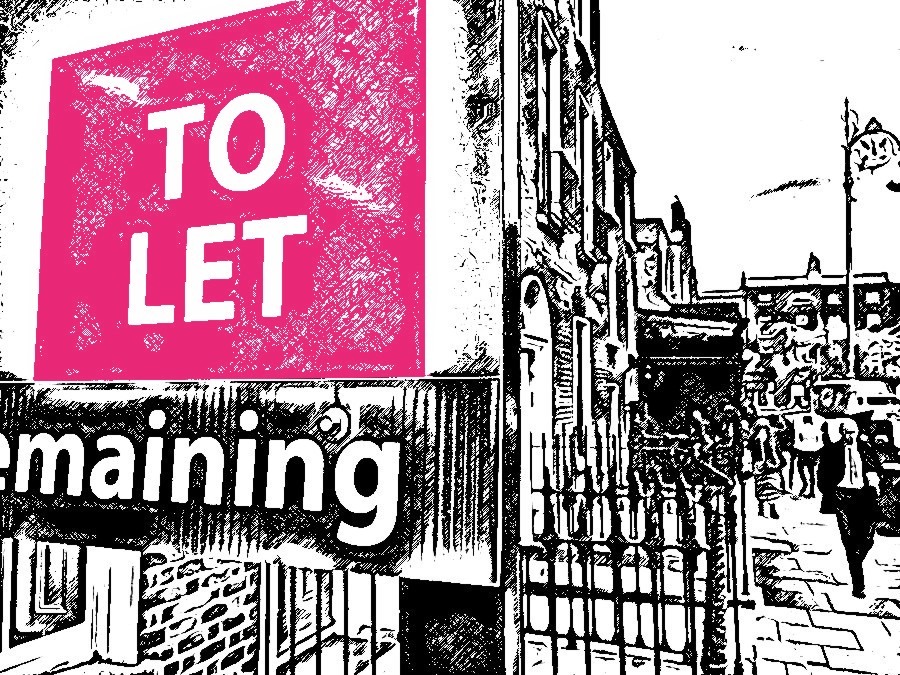Two figures used by Minister for Housing Darragh O’Brien highlight the challenge his department faces in addressing social housing waiting lists. On the one hand, O’Brien regularly cites the government’s commitment under the Housing for All plan to invest €4 billion on social housing each year out to 2025. On the other hand, he recently announced that from next month local authorities would have discretion to increase Housing Assistance Payments (HAP) to tenants supported by the scheme up to 35 per cent beyond statutory rates. This illustrates the double whammy resulting from years of insufficient investment in social housing. While…
Cancel at any time. Are you already a member? Log in here.
Want to read the full story?
Unlock this article – and everything else on The Currency – with an annual membership and receive a free Samsonite Upscape suitcase, retailing at €235, delivered to your door.

